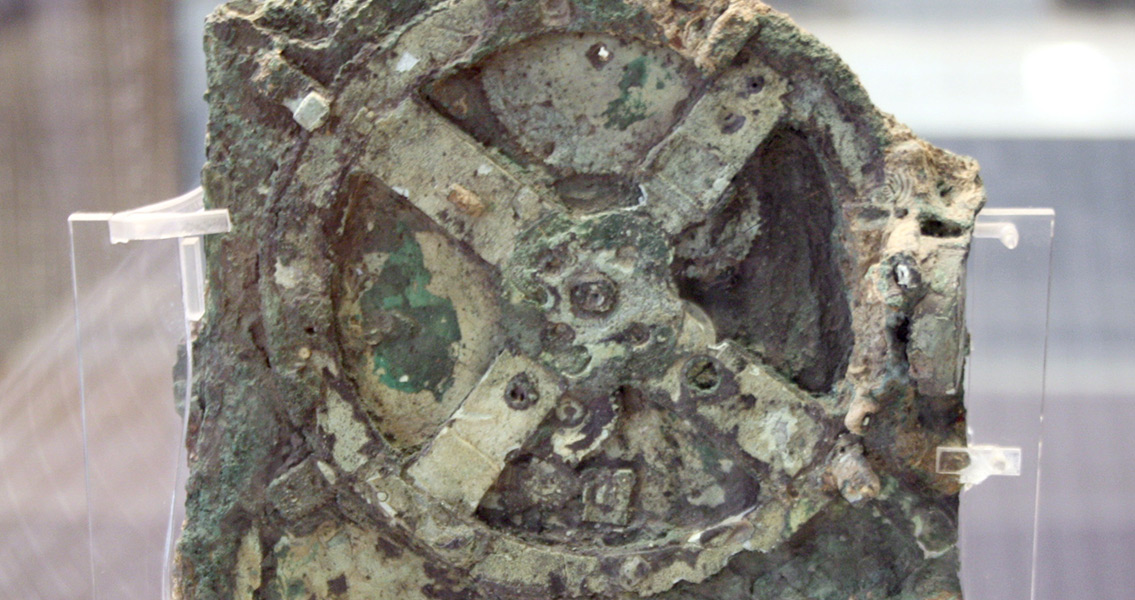<![CDATA[The Antikythera shipwreck, already famous for the mysterious, eponymous device that was found with it over a hundred years ago, has yielded up a new secret: the remains of one of its human passengers. The ship is thought to have sunk to the bottom of the Aegean Sea sometime during the first century BCE, encasing its many treasures in silt on the seafloor that aided in the preservation of many of its artifacts, including the curious, geared mechanism that has captured the imaginations of so many for so long. However, the shipwreck is far from giving up its final secrets, even after more than a century of study. According to an article in The Guardian, an international team of researchers from the Greek Ephorate of Underwater Antiquities and the Woods Hole Oceanographic Institution discovered the jumbled skeleton near the end of August during an exploratory dive to the seafloor where the ship rests. Woods Hole representative Brendan Foley, one of the participants in the underwater study of the Antikythera wreck, says that the remains may be the most exciting scientific discovery made during the current efforts to study the sunken ship. Judging by the well-preserved state of the bones, researchers say the person was male, likely a teenager or in his early twenties, and might have been trapped when the ship went down. Foley added that the remains of the young man, who has been dubbed “Pamphilos” by the researchers, may have been buried fairly quickly in silt as a result. This bodes well for the possibility of extracting genetic material from Pamphilos’ bones and sequencing them successfully, raising hopes that this will lead to the first instance of a victim of an ancient shipwreck having his entire DNA mapped for study. In fact, the only similar efforts include remains from the Vasa, a Swedish warship that sank beneath the waves in 1628, and the Mary Rose, the great British warship of King Henry VIII. Pamphilos – or what was left of him – was discovered in a jumble of bones: arm bones lying atop leg bones and rib pieces, with teeth and the skull all scattered close by. The skeleton was found surrounded by other artifacts such as broken pieces of pottery. The young man’s nickname comes from a drinking vessel bearing the name discovered on a previous underwater dig. In ancient Greek, Pamphilos means “friend of all.” There is of course no proof that the identity of these remains is the same as the original owner of the cup. However, Foley says that it can be surmised that a Greek male bearing that name had been either a passenger or a crewmember present on the ship during its final, fateful voyage. These remains are not the first to be found within the wreck. Indeed, the famous Jacques Cousteau, who visited the site in 1976, brought several bone fragments to the surface. However, the most recent find is much more complete, much more well preserved, and has the merit of being discovered after several decades’ worth of advances in archaeological technology methods for analyzing ancient remains. ]]>
Human Remains Found in Antikythera Shipwreck
